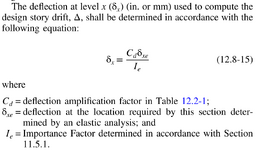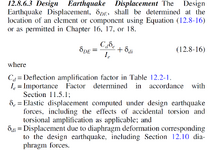SeizeTheMoment
Structural
- Sep 16, 2020
- 28
Hello
I'm trying to determine the story drift of a structure with a flexible diaphragm on a standalone RISA 3D. I don't have RISAFloor so I am unable to use its diaphragm calculation features. I am designing a steel structure with a 1.5" metal deck. Would you model a flexible diaphragm to be the one on the left, or add plates to similar to the right?
And in the flexibility questions - what is the chord element if the metal deck is directly attached to the WF-beams? Do we always have to use an edge angle as the chord element?
Thanks in advance.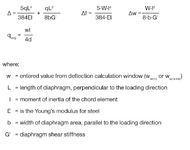
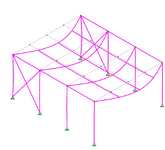
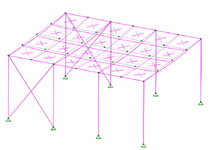
I'm trying to determine the story drift of a structure with a flexible diaphragm on a standalone RISA 3D. I don't have RISAFloor so I am unable to use its diaphragm calculation features. I am designing a steel structure with a 1.5" metal deck. Would you model a flexible diaphragm to be the one on the left, or add plates to similar to the right?
And in the flexibility questions - what is the chord element if the metal deck is directly attached to the WF-beams? Do we always have to use an edge angle as the chord element?
Thanks in advance.



Attachments
Last edited:

